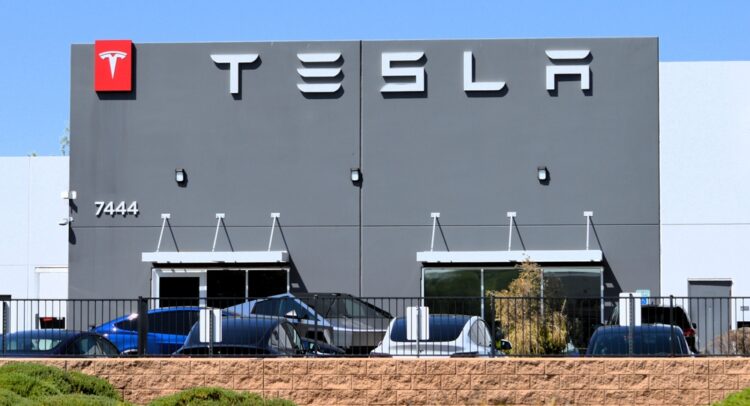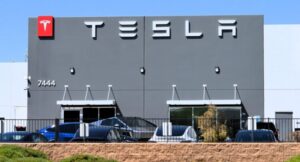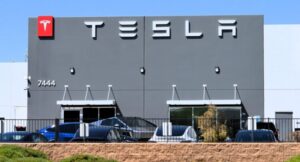
Tesla (TSLA) has recently reported a year-over-year decline in second-quarter deliveries, yet the market responded unexpectedly positively. Despite a 14% drop in vehicle deliveries to 384,122 units, the results were close to analyst estimates of 387,000, leading to a 5% rise in Tesla’s stock. This reaction suggests that investors might be looking beyond immediate setbacks, focusing instead on future prospects. With the Q2 earnings report scheduled for July 23, the anticipation is high for potential surprises that could rejuvenate momentum for the remainder of 2025.
The announcement comes as Tesla’s energy storage business continues to show promise, deploying 9.6 GWh in Q2, which, although slightly below the previous quarter, indicates steady growth. This sector could become a significant earnings driver, given the increasing global demand for grid-scale batteries.
Advancements in Autonomous Technology
Meanwhile, Tesla’s foray into self-driving technology has garnered significant attention. The company has begun testing its robotaxi service in Austin, with CEO Elon Musk expressing strong optimism about its progress. This push into autonomy is starting to capture analysts’ interest, with firms like Benchmark raising their price target on Tesla to $475 from $350, citing the potential of its driverless cars and in-house AI systems.
According to sources, the development of Tesla’s autonomous technology could redefine the automotive industry, positioning the company as a leader in the future of transportation.
Challenges on the Horizon
However, Tesla is not without its challenges. The company is losing market share to Chinese competitors like BYD (BYDDY), particularly in crucial overseas markets. Domestically, Elon Musk’s political remarks have affected the brand’s perception, especially among younger, more liberal consumers. Additionally, the reduction of federal EV tax credits could impact U.S. demand in the latter half of the year.
Despite these hurdles, Tesla’s financial health remains robust. As of March 31, 2025, the company held approximately $37 billion in cash and cash equivalents, a 37.7% increase year-over-year. This financial cushion provides Tesla with the flexibility to continue investing in new models, AI development, and future battery innovations, even amid a challenging market environment.
Anticipations for the July 23 Earnings Call
The upcoming earnings call on July 23 will be pivotal, with investors eagerly awaiting updates on margins, production costs, and guidance on Tesla’s next-generation compact EV. Any announcements regarding the robotaxi platform or advancements in Full Self Driving (FSD) technology could potentially reignite investor enthusiasm.
Wall Street analysts project that Tesla will report earnings of $0.42 per share, a 19% decrease from the previous year. Revenues are expected to fall by approximately 11% to $22.72 billion compared to the same quarter last year, according to TipRanks Forecast data.
Market Sentiment and Future Outlook
Overall, Wall Street remains cautious on Tesla stock, with a Hold consensus rating based on 14 Buys, 12 Holds, and nine Sell recommendations. The average TSLA stock price target of $291.31 suggests an 8.30% downside risk from current levels.
This development represents a critical juncture for Tesla as it navigates both opportunities and challenges. The outcome of the Q2 earnings report could significantly influence investor sentiment and the company’s trajectory for the rest of the year.
As the July 23 earnings date approaches, all eyes will be on Tesla to see if it can deliver the positive surprises needed to bolster its standing in the competitive automotive landscape.






